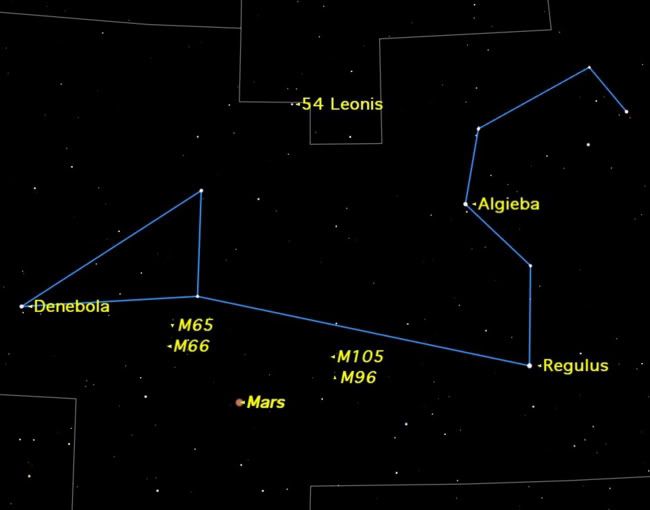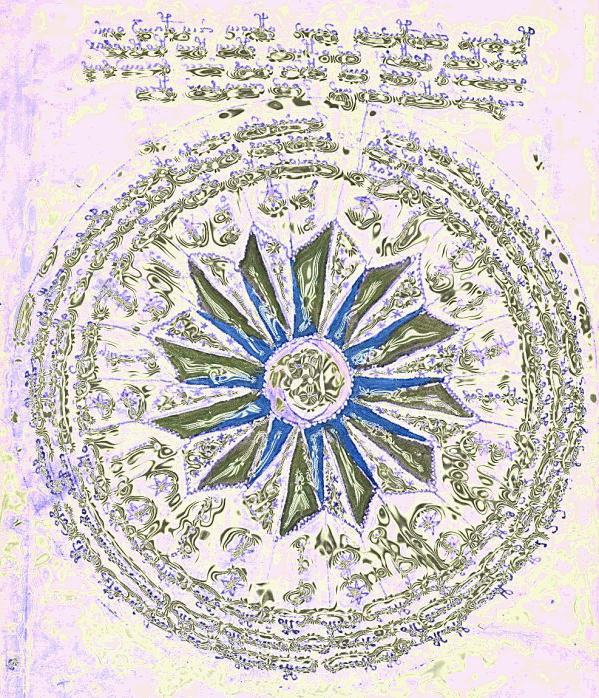Venus's space weather happens up close and personal | TG Daily




-----------------------
Best Time to See Mars in Night Sky is Now | Skywatching & Stargazing Tips | Space.com
the Dragon

--------------------
BBC News - Oxygen envelops Saturn's icy moon

Astronomers studying Venus have spotted a type of space weather outburst called a hot flow anomaly (HFA), which causes a temporary reversal of the solar wind that normally flows right past.
HFAs are quite common on Earth, occurring when the solar wind collides with the magnetosphere. And while Venus lacks a magnetosphere, it still disrupts the solar wind, causing interesting space weather effects.
"They are an amazing phenomenon. Hot flow anomalies release so much energy that the solar wind is deflected, and can even move back toward the sun," says David Sibeck of NASA's Goddard Space Flight Center.
"That's a lot of energy when you consider that the solar wind is supersonic – traveling faster than the speed of sound – and the HFA is strong enough to make it turn around."
Observing an HFA on Venus will help scientists discover how space weather doffers from planet to planet. With no magnetic field to interact with, space weather at Venus is milder than that at Earth, but occurs much closer to the surface.
"Hot flow anomalies average one a day near Earth," says Goddard scientist Glyn Collinson.
"They've been seen at Saturn, they may have been seen at Mars, and now we're seeing them at Venus. But at Venus, since there's no protective magnetic field, the explosion happens right above the surface of the planet."
By comparing data from the Venus Express spacecraft with the known physics at Earth, the scientists believe they've worked out how an HFA forms at Venus.
The moving solar wind with its attendant magnetic fields harbors discontinuities - areas where the magnetic fields change direction, sharply and abruptly. Sometimes these discontinuities align with the flow of the solar wind, so they remain in contact with what's called the bow shock – the place where the supersonic solar wind slows down abruptly and diverts around the planet.
If such a discontinuity travels slowly across the bow shock it allows time to trap particles, collecting pools of 10 million degree plasma that can expand to be as big as Earth.
"These plasma particles are trapped in place," says Sibeck. "They make a big puddle that gets bigger and bigger, sending out its own shock waves. Everything downstream from that bubble is going to be different than what's upstream."
The team doesn't yet know exactly what HFAs do in the non-magnetized Venusian environment - but has some educated guesses.
"At Earth, HFAs have a big effect, but don't necessarily rule the roost," says Collinson.
"But at Venus, since the HFA happens right up next to the planet, it is going to have a more dramatic effect on the system."
HFAs are quite common on Earth, occurring when the solar wind collides with the magnetosphere. And while Venus lacks a magnetosphere, it still disrupts the solar wind, causing interesting space weather effects.
"They are an amazing phenomenon. Hot flow anomalies release so much energy that the solar wind is deflected, and can even move back toward the sun," says David Sibeck of NASA's Goddard Space Flight Center.
"That's a lot of energy when you consider that the solar wind is supersonic – traveling faster than the speed of sound – and the HFA is strong enough to make it turn around."
Observing an HFA on Venus will help scientists discover how space weather doffers from planet to planet. With no magnetic field to interact with, space weather at Venus is milder than that at Earth, but occurs much closer to the surface.
"Hot flow anomalies average one a day near Earth," says Goddard scientist Glyn Collinson.
"They've been seen at Saturn, they may have been seen at Mars, and now we're seeing them at Venus. But at Venus, since there's no protective magnetic field, the explosion happens right above the surface of the planet."
By comparing data from the Venus Express spacecraft with the known physics at Earth, the scientists believe they've worked out how an HFA forms at Venus.
The moving solar wind with its attendant magnetic fields harbors discontinuities - areas where the magnetic fields change direction, sharply and abruptly. Sometimes these discontinuities align with the flow of the solar wind, so they remain in contact with what's called the bow shock – the place where the supersonic solar wind slows down abruptly and diverts around the planet.
If such a discontinuity travels slowly across the bow shock it allows time to trap particles, collecting pools of 10 million degree plasma that can expand to be as big as Earth.
"These plasma particles are trapped in place," says Sibeck. "They make a big puddle that gets bigger and bigger, sending out its own shock waves. Everything downstream from that bubble is going to be different than what's upstream."
The team doesn't yet know exactly what HFAs do in the non-magnetized Venusian environment - but has some educated guesses.
"At Earth, HFAs have a big effect, but don't necessarily rule the roost," says Collinson.
"But at Venus, since the HFA happens right up next to the planet, it is going to have a more dramatic effect on the system."



-----------------------
Best Time to See Mars in Night Sky is Now | Skywatching & Stargazing Tips | Space.com
Of all the planets, Mars seems to be the one that holds the greatest fascination for mankind, and the Red Planet is poised to dazzle skywatchers this week.

Mars shines brightly at opposition this week in the interesting constellation of Leo.
BBC News - Oxygen envelops Saturn's icy moon
A Nasa spacecraft has detected oxygen around one of Saturn's icy moons, Dione.
The discovery supports a theory that suggests all of the moons near Saturn and Jupiter might have oxygen around them.
The discovery supports a theory that suggests all of the moons near Saturn and Jupiter might have oxygen around them.















 glad to shade some
glad to shade some






















 .... You should watch this 4 min vid ... in order to understand
.... You should watch this 4 min vid ... in order to understand 

Comment